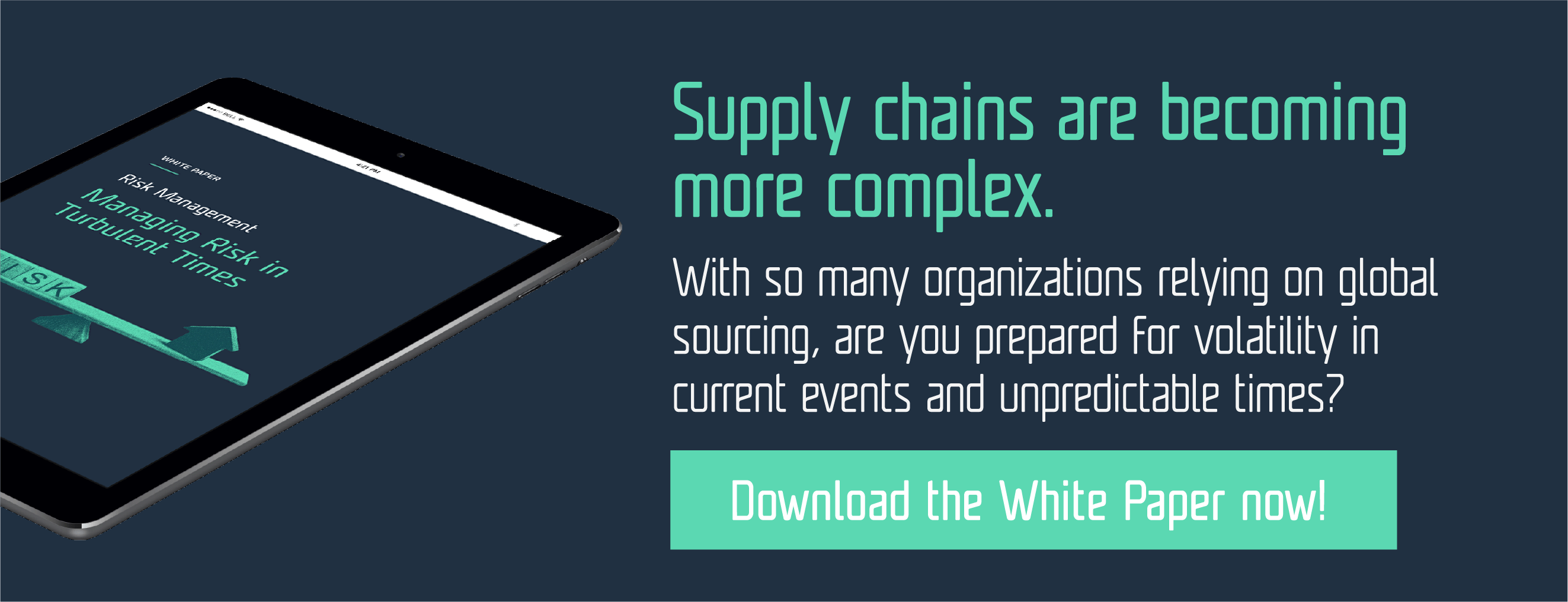Common Cybersecurity Mistakes in the Supply Chain and How to Avoid Them

In today's interconnected world, supply chains are increasingly reliant on digital technologies. However, with this digital transformation comes a growing risk of cyber threats that can disrupt operations, compromise sensitive data, and damage business reputations.
Many supply chain companies, especially those still catching up with rapid digitalization, make common cybersecurity mistakes that leave them vulnerable to attack. In this blog, we'll explore these mistakes and how to avoid them to strengthen your cybersecurity posture.
1. Weak Password Policies
A surprising number of companies still use weak passwords or fail to implement strong password policies, leaving them susceptible to cyber threats like hacking and credential theft. Cyber attackers often exploit poor password management practices to gain access to critical systems and sensitive information.
How to avoid it:
- Implement strong password policies that require a mix of uppercase, lowercase, numbers, and special characters.
- Use multi-factor authentication (MFA) to add an extra layer of cybersecurity.
- Encourage the use of password management tools to store and manage complex passwords securely.
2. Lack of Employee Cybersecurity Training
Human error is one of the leading causes of cybersecurity breaches. Employees who aren't trained in recognizing cyber threats such as phishing emails or suspicious attachments may unintentionally open the door to cybercriminals.
How to avoid it:
- Provide regular cybersecurity training sessions to educate employees on cyber threats like phishing, social engineering, and ransomware.
- Encourage a culture of awareness, where employees feel empowered to report suspicious activities or potential threats.
- Regularly update training to cover the latest cybersecurity trends and tactics used by attackers.
3. Failure to Update Software and Systems
Outdated software is a breeding ground for cyber threats. Hackers frequently exploit known vulnerabilities in outdated systems to launch attacks. A failure to keep software updated can compromise the cybersecurity of the entire supply chain, potentially causing widespread disruptions.
How to avoid it:
- Set up automatic updates for all software, including third-party applications and operating systems.
- Perform regular audits of your systems to ensure that everything is running the latest versions and security patches.
- Implement a cybersecurity patch management plan to ensure that vulnerabilities are addressed promptly.
4. Inadequate Vendor Cybersecurity Assessments
The interconnected nature of supply chains means that vendors and third-party partners can create vulnerabilities if their cybersecurity practices are not up to standard. Neglecting to assess vendor cybersecurity can lead to breaches that impact the entire supply chain.
How to avoid it:
- Conduct thorough due diligence when selecting vendors and ensure their cybersecurity measures align with your standards.
- Incorporate cybersecurity requirements into contracts with third-party partners.
- Continuously monitor and evaluate the cybersecurity posture of all vendors in your supply chain to ensure they remain compliant.
5. No Data Backup Strategy
Data loss due to cyber threats such as ransomware can have catastrophic consequences for supply chain operations. Without a robust backup strategy, companies may be left scrambling to recover lost data, often at a great cost.
How to avoid it:
- Implement an automatic backup process for critical data, ensuring that backups are encrypted and stored securely offsite or in the cloud.
- Test your data recovery process regularly to ensure it works as expected in the event of a cyber threat.
- Establish multiple backups in diverse locations to ensure redundancy and reduce the risk of data loss.
6. Neglecting Data Encryption
In the supply chain, sensitive information—such as customer data, payment details, and shipment schedules—must be protected at all costs. Failure to encrypt data increases the risk of exposure to cyber threats, particularly when information is being transmitted across networks.
How to avoid it:
- Use strong encryption for all sensitive data, both at rest and in transit, to protect against unauthorized access.
- Implement end-to-end encryption for communications between supply chain partners, ensuring data integrity across all points.
- Regularly review and update your encryption protocols to meet industry standards and evolving cybersecurity requirements.
7. No Incident Response Plan
Being unprepared for a cybersecurity incident is one of the most significant mistakes a company can make. Without an incident response plan, companies may struggle to mitigate the damage from a cyber threat, leading to prolonged downtime and data loss.
How to avoid it:
- Develop a comprehensive incident response plan that outlines procedures for identifying, containing, and mitigating cyber threats.
- Assign roles and responsibilities to key personnel, ensuring that everyone knows their part in responding to an incident.
- Conduct regular incident response drills to test your plan and improve your team’s ability to respond to real-world cybersecurity threats.
8. Overlooking Physical Security
While cybersecurity focuses on digital protection, physical access to devices and systems is another area where cyber threats can arise. Without proper physical security measures, malicious actors may gain unauthorized access to critical infrastructure, bypassing digital protections entirely.
How to avoid it:
- Implement strict access control policies to ensure that only authorized personnel can access sensitive areas like server rooms and IT infrastructure.
- Use surveillance and monitoring systems to detect any unauthorized physical access attempts.
- Ensure that all hardware is properly secured and locked down to prevent tampering or theft.
Conclusion
In today’s digital supply chain environment, the risk of cyber threats is ever-present, and cybersecurity must be a top priority. By avoiding these common mistakes, companies can safeguard their operations, protect sensitive data, and ensure that their supply chains remain resilient against evolving cyber risks. Proactive steps such as employee training, robust password policies, regular software updates, and vendor assessments can significantly reduce the chances of falling victim to a cyber threat.
Strengthening Supply Chain Cybersecurity with C3 Solutions
As we discussed, delayed preparation and management of cybersecurity across the supply chain can have a severe business impact. As companies become more connected to partners and suppliers, they need to spot cybersecurity mistakes that can threaten their operations.
Here at C3 Solutions, we understand the importance of protecting supply chain ecosystems. Our solutions enable the monitoring, protecting, and synchronizing of cybersecurity best practices across supply chains.
Contact us today to determine how we can enable you to design a sustainable supply chain system.


